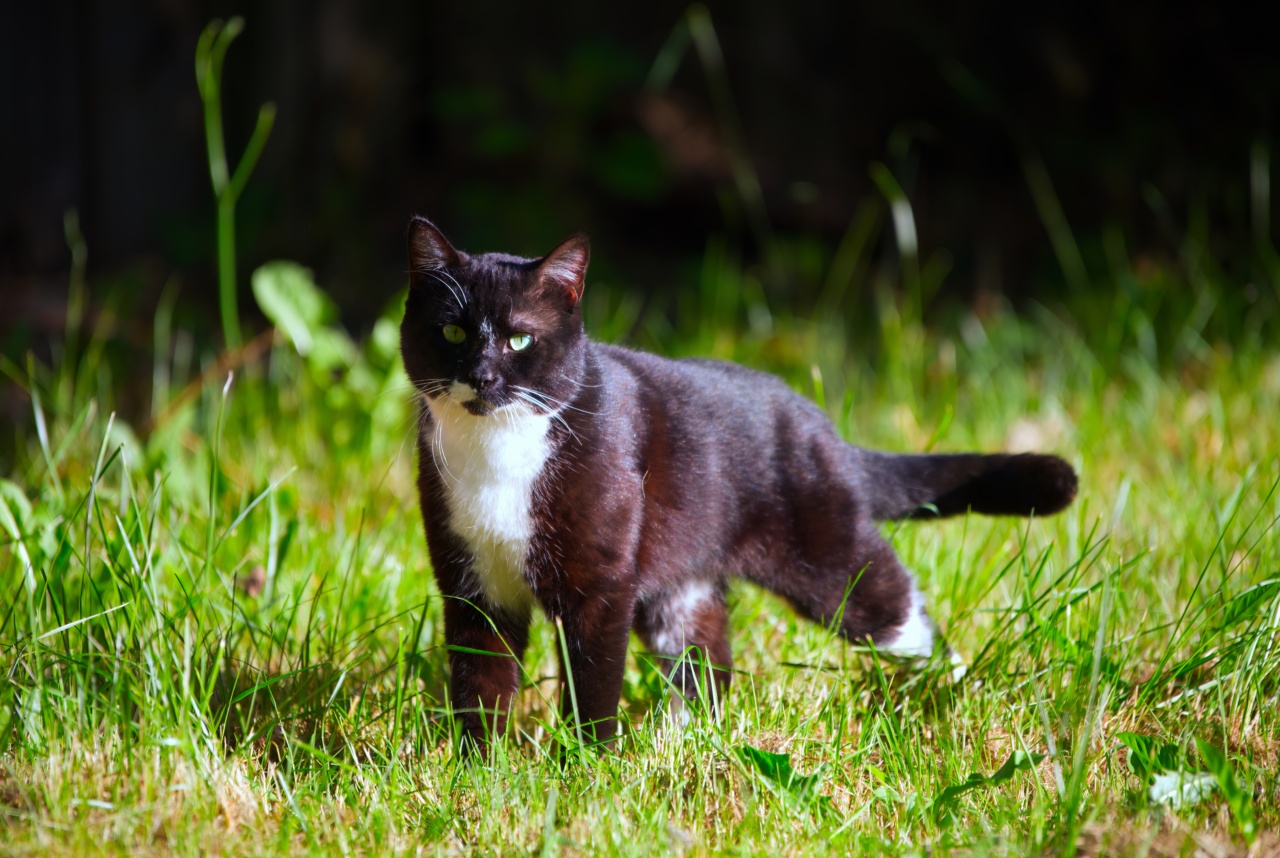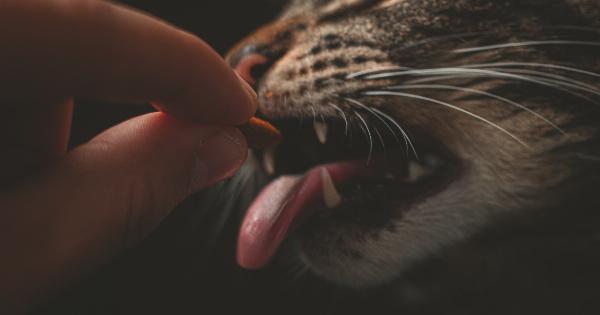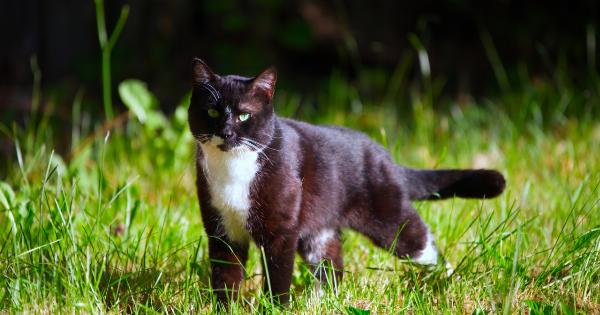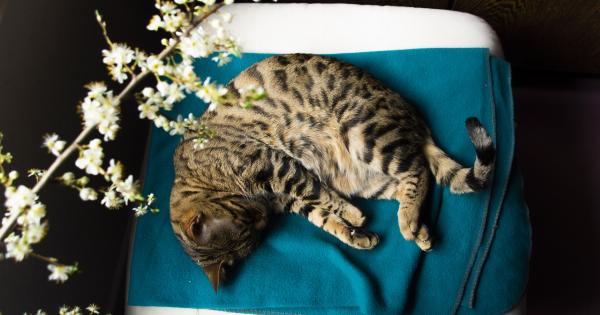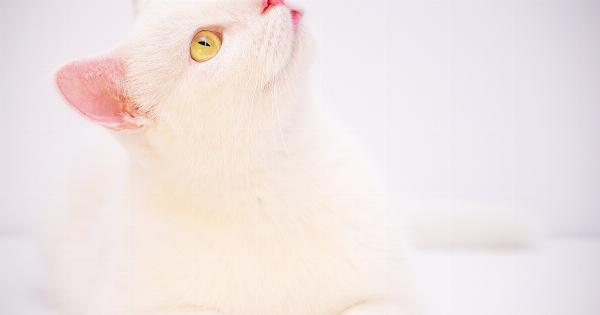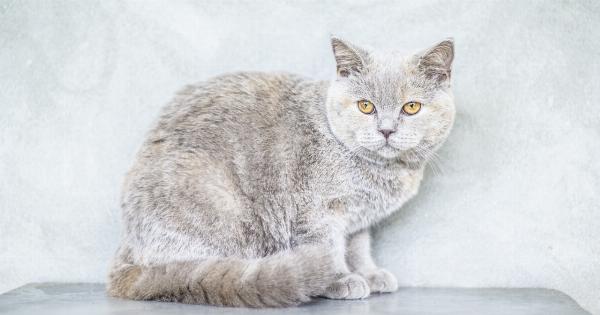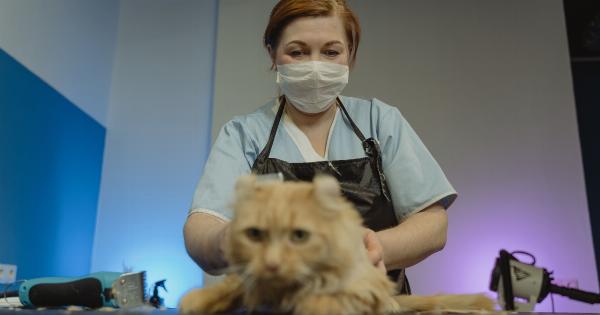Cats can be amazing companions, delighting us with their playful antics and soothing purrs. However, occasionally we come across a feline friend who seems to be in a perpetual state of grumpiness.
These cranky cats can be a challenge to handle, but with some understanding and careful handling, their grouchy behavior can be improved. In this article, we will explore some strategies to bid farewell to the cranky cat and help them become happier and more content.
Understanding the Cranky Cat
Before we dive into various techniques to address crankiness in cats, it is crucial to understand the reasons behind their grumpy behavior. Cats can develop crankiness due to a variety of factors, including:.
- Pain or discomfort
- Past trauma or abuse
- Fear or anxiety
- Medical conditions
- Territorial issues
Recognizing the root cause is essential in order to provide the appropriate solution for your cat. Consulting with a veterinarian can greatly assist in determining if there are any underlying health issues contributing to their crankiness.
Creating a Safe Environment
A calm and secure environment plays a significant role in alleviating your cat’s crankiness. Cats thrive in a space where they feel safe and have personal territory. Here are some tips to create a cat-friendly environment:.
- Provide hiding spots or cat condos
- Designate high perches for your cat
- Offer scratching posts and toys
- Keep a regular routine
- Provide enough litter boxes in different areas
Establishing a Routine
Cats are creatures of habit, and a consistent routine helps them feel secure. Set specific meal times, play sessions, and even dedicated bonding time with your cat.
Establishing and maintaining a routine will help regulate your cat’s behavior and reduce their irritability.
Physical and Mental Stimulation
Cranky cats often act out due to a lack of stimulation. Boredom can manifest as crankiness in felines, as they have excess energy and no outlet to express it.
Engaging your cat in regular play sessions and providing interactive toys can curb their irritability. Additionally, mental stimulation through puzzle toys or treat-dispensing toys can keep their minds occupied and reduce cranky behavior.
Positive Reinforcement and Reward-based Training
Positive reinforcement is a powerful tool in training and modifying behavior in cats. Rewarding desirable behavior with treats or praise can encourage your cat to repeat those positive actions.
When dealing with a cranky cat, it is important to avoid punishment as it can exacerbate their negative emotions. Instead, focus on rewarding good behavior and redirecting their attention away from cranky episodes.
Bonding through Grooming
Grooming sessions can be wonderful bonding experiences for both cats and their owners. Regular grooming helps in maintaining a healthy coat and skin, reduces stress, and strengthens the bond between you and your feline friend.
Introduce grooming sessions slowly, starting with short sessions and gradually increasing the time as your cat becomes comfortable. Use soft brushes or petting gloves to make them feel relaxed and pampered.
Addressing Health Issues
A cranky cat may have underlying health problems, so it is crucial to have regular veterinary check-ups. Medical conditions like dental issues, arthritis, or urinary tract problems can cause discomfort and contribute to your cat’s crankiness.
Treatments and medications prescribed by your veterinarian can significantly improve their overall well-being and hence reduce cranky behavior.
Seeking Professional Help
If your cat’s crankiness persists despite your best efforts, it may be beneficial to consult with a professional animal behaviorist or a certified cat trainer.
These experts have in-depth knowledge and experience in dealing with complex feline behaviors and can provide personalized advice based on your cat’s unique situation. Sometimes, an outside perspective can offer fresh insights and solutions to address your cat’s grumpiness.
Patience and Understanding
Dealing with a cranky cat can be challenging and frustrating, but it is essential to approach the situation with patience, understanding, and empathy.
Remember, your cat’s crankiness is not a personal attack but rather a reflection of their own internal struggles. With time and dedication, you can create a peaceful and harmonious environment for your furry friend.
Conclusion
While handling a cranky cat may seem like an uphill battle, it is important to remember that change is possible.
By addressing the root causes, providing a safe environment, establishing routines, and seeking professional help when needed, you can bid farewell to the cranky cat and welcome a happier and more content feline companion into your life.
